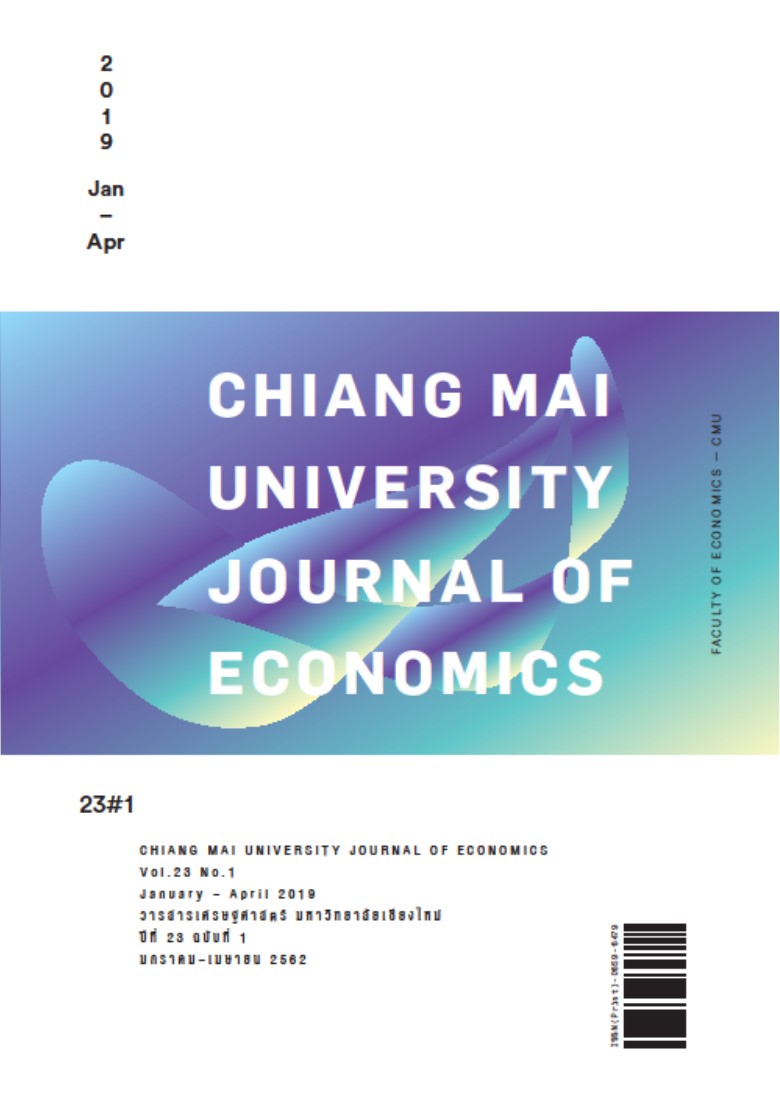Cost of raising a child (age 0-14) in Thailand
Keywords:
cost of raising a child, consumption expenditure, children population, inequalities, ThailandAbstract
This study aims to estimate cost of raising a child (age 0-14) in Thailand and examine inequalities of that cost by household quintiles. The cost of raising a child is measured by the summation of age-specific per capita consumption expenditure of the population age 0-14 analyzed from Thailand’s 2017 National Transfer Account (NTA). The consumption expenditure comprises of public consumption expenditure (considered as subsidies from the government to the household) and private consumption expenditure (considered as the household’s burdens) which were spent on education, health and other expenses. Findings show that the total cost of raising the child (age 0-14) were at around 1.57 million Baht (in real value). Nearly half of the cost is “private consumption expenditure” and the other half is “public consumption expenditure”. Education consumption accounts for about 32% of the total cost (private: Public/28:4), health consumption 7% (private: Public/4:3) and other consumption 61% (private: Public/41:20). By household quintiles, the total cost of raising a child from Q5 household is 2.5 times of that of the child from Q1 household (ratio between Q5/Q1: private education consumption 35 times, private health consumption 14 times, public education consumption 0.56 times, public health consumption 2.07 times). By using the Kakwani Index, the household’s burden of raising a child is progressive while subsidies from the government is regressive, or inequality reducing, to household’s socioeconomic status.
Downloads
Published
Issue
Section
License
All opinions and contents in the CMJE are the responsibility of the author(s). Chiang Mai University Journal of Economics reserves the copyright for all published materials. Papers may not be reproduced in any form without the written permission from Chiang Mai University Journal of Economics.
ข้อคิดเห็นที่ปรากฏและแสดงในเนื้อหาบทความต่างๆในวารสารเศรษฐศาสตร์มหาวิทยาลัยเชียงใหม่ ถือเป็นความเห็นและความรับผิดชอบโดยตรงของผู้เขียนบทความนั้นๆ มิใช่เป็นความเห็นและความรับผิดชอบใดๆของวารสารเศรษฐศาสตร์ มหาวิทยาลัยเชียงใหม่
บทความ เนื้อหา และข้อมูล ฯลฯ ในวารสารเศรษฐศาสตร์มหาวิทยาลัยเชียงใหม่ ถือเป็นลิขสิทธิ์เฉพาะของคณะเศรษฐศาสตร์มหาวิทยาลัยเชียงใหม่ หากบุคคลหรือหน่วยงานใดต้องการนำทั้งหมดหรือส่วนหนึ่งส่วนใดไปเผยแพร่ต่อหรือเพื่อกระทำการใดๆ จะต้องได้รับอนุญาตเป็นลายลักษณ์อักษร จากวารสารเศรษฐศาสตร์ มหาวิทยาลัยเชียงใหม่





